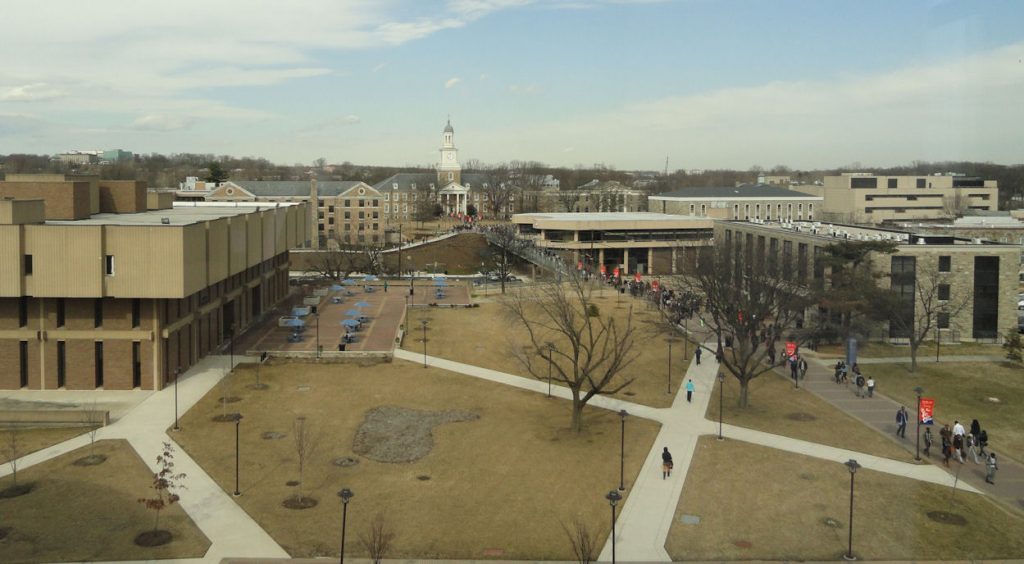
We visited two historically black colleges, Howard University in Washington and Morgan State in Baltimore. These universities at one time were designed for blacks, who were often excluded from other universities. Today they have enrollment of all races; hence the name “historically” instead of currently, but they still enroll relatively more African-American students on average.

The Dean at Morgan State explained some of the history. The Morrill Act in 1862 funded educational institutions by giving the states federal land to establish and endow “land-grant” colleges. These universities were supposed to concentrate on practical subjects such as agriculture, science and engineering. Many of our great public state universities are land grant colleges. Wisconsin and Minnesota are among them, but some private institutions such Cornell University and the Massachusetts Institute of Technology also started life as land grant institutions. While these institutions were not “white” few blacks could take advantage. A second Morrill Land-Grant Act of 1890 specified that states using federal land-grant funds must either make their schools open to both blacks and whites or allocate money for black colleges. Sixteen exclusively black institutions received 1890 land-grant funds, among them Morgan State. Howard is different. It is funded by the Federal government, one of only three institutions that get direct funds from the Feds.

Today these institutions maintain their commitment to sciences and practical arts, making them potentially good partners for the Science w/o Borders program.
The top two pictures show Morgan State University. The bottom is Howard.
